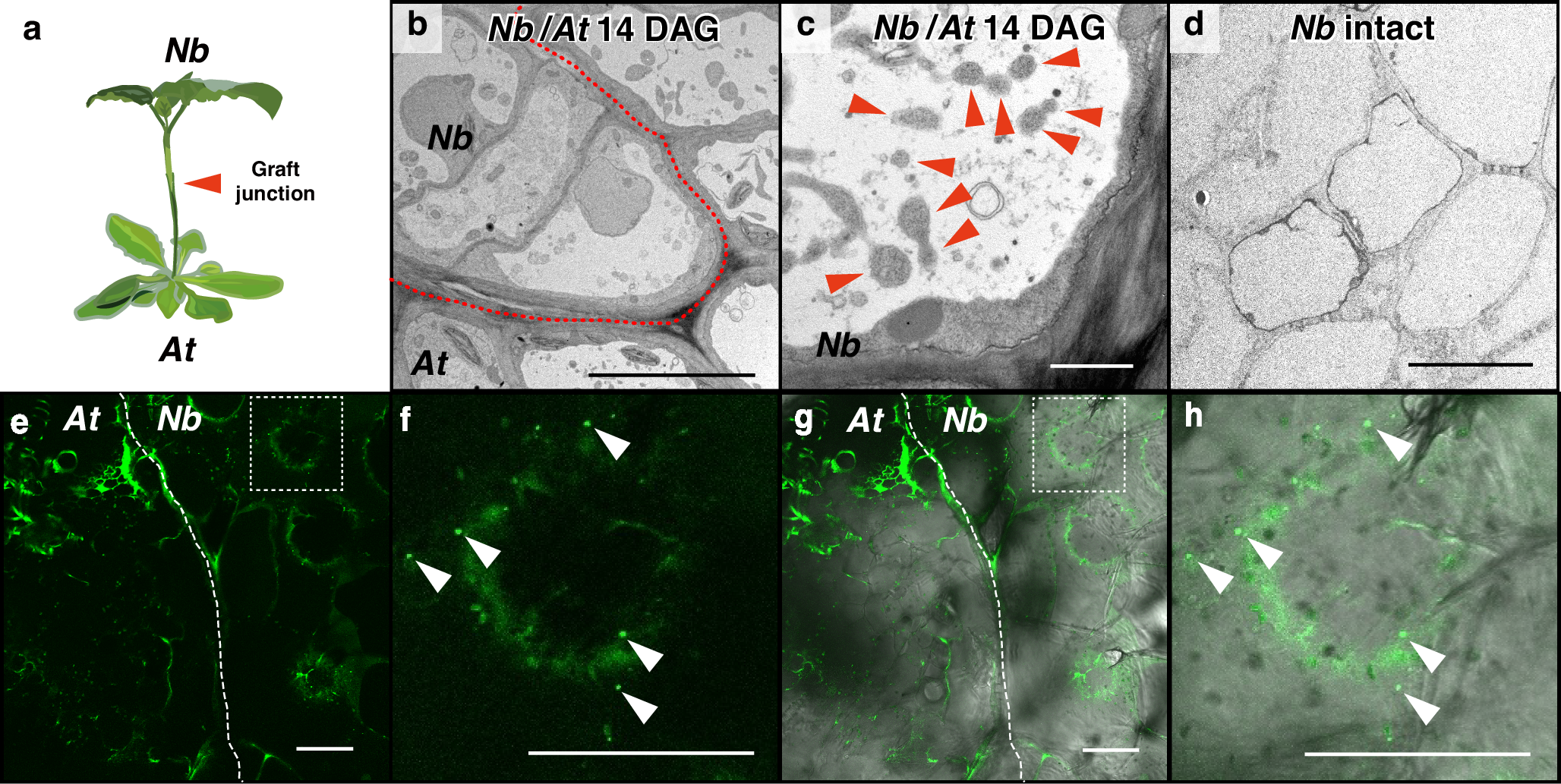2025-04-18 九州大学
<関連情報>
- https://www.kyushu-u.ac.jp/ja/researches/view/1249
- https://www.kyushu-u.ac.jp/f/61409/25_0418_02.pdf
- https://www.sciencedirect.com/science/article/pii/S0144861725003741
リン酸化セルロースナノファイバー足場上でのヒト歯髄幹細胞の増殖と分化 Proliferation and differentiation of human dental pulp stem cells on phosphorylated cellulose nanofiber scaffolds
Akihiro Iwasaki, Mayumi Hatakeyama, Qimei Liu, Ai Orimoto, Tomokazu Fukuda, Takuya Kitaoka
Carbohydrate Polymers Available online: 9 April 2025
DOI:https://doi.org/10.1016/j.carbpol.2025.123593
Graphical abstract

Abstract
Human dental pulp stem cells (hDPSCs) are a promising cell source for tooth regeneration therapies. However, conventional culture scaffold materials are often animal-derived, leading to immunogenicity concerns and limited availability. In this study, we explored phosphorylated cellulose nanofibers (P-CNFs), which have a fine fiber morphology and phosphate groups, as a novel scaffold material for cell culture. Immortalized hDPSCs were cultured on P-CNF scaffolds with different phosphate contents (0–1.42 mmol g-1) prepared by varying the molar ratio of urea and diammonium hydrogen phosphate and the reaction time. Cells cultured on unmodified CNFs exhibited poor adhesion and formed spheroids, indicating low bioadaptability. In contrast, P-CNF scaffolds with moderate phosphate content (0.54–0.78 mmol g-1) significantly improved cell adhesion; further increases in phosphate content decreased cell adhesion, indicating a strong dependence on phosphate content. Intriguingly, even in the absence of differentiation inducers, hDPSCs on P-CNF scaffolds with an optimal phosphate content of 0.78 mmol g-1 showed equal or higher expression of hard tissue marker genes compared to collagen scaffolds with differentiation inducers, suggesting that P-CNFs can directly promote hard tissue differentiation. These findings highlight plant-derived, animal-free P-CNFs as a promising biomaterial for advanced dental tissue engineering.


